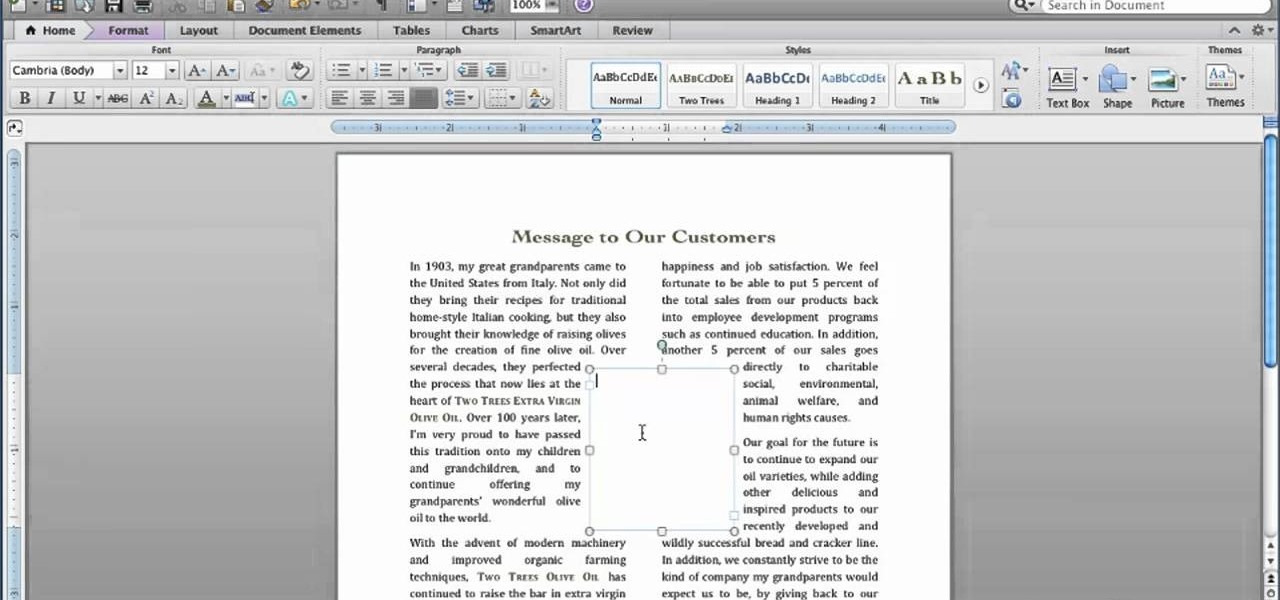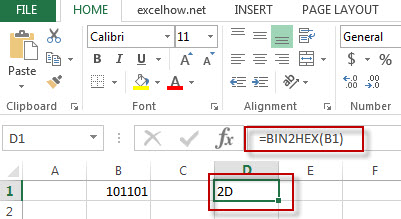- Add A Header In Microsoft Excel 2011 Mac Add Ins
- Add A Header In Microsoft Excel 2011 Mac Free
- Add A Header In Microsoft Excel 2011 Mac Data Analysis
- Add A Header In Microsoft Excel 2011 Mac Download
- Add A Header In Microsoft Excel 2011 Mac Tutorials
- Add A Header In Microsoft Excel 2011 Mac Update
- Add A Header In Microsoft Excel 2011 Mac Key
Excel has many built-in text headers and footers that you can use. For worksheets, you can work with headers and footers in Page Layout view. For chart sheets or charts you need to go through the Page Setup dialog. Click the worksheet where you want to add or change a built-in header or footer. If your data has a header row, select the My list has headers check box. But if the data does not have a header row, clear the My list has headers check box. In the row next to Sort by, under Column, click the blank space, and then click the column that you want to sort. 2020-3-31 Customize the document headers and footers in Word 2011 for Mac to show page numbers, dates, and logos for formal stationery. You can work with headers and footers in several of Word 2011’s views. The quick way to work with headers and footers is by way of the Header.
Microsoft office for mac reviews. Manage your time, email, and contacts more easily with features like Focused Inbox, travel and delivery summary cards in Outlook, and Focus Mode in Word. Office 2019 is a one-time purchase that comes with classic apps like Word, Excel, and PowerPoint for PC or Mac, and does not include any of the services that come with an Office 365 subscription. The 15.2 version of Microsoft Office 2016 for Mac is provided as a free download on our software library. The current installation package available for download requires 1.4 GB of hard disk space. Free office software free download - Microsoft Office 2016 Preview, Microsoft Office 2016, Address Office (Classic), and many more programs. Enter to Search. My Profile Logout. Dec 06, 2019 The 7 Best Free Microsoft Office Alternatives for Mac 1. Google Suite. If you’re going to let go of the Microsoft world. LibreOffice is widely recognized as the best open source alternative. Included with your Mac is the iWork Suite: Pages, Numbers,.
Note
Remove 'Add Header' or 'Add Footer' from Page View How do you remove the 'Add Header' and 'Add Footer' from being visible in Page View (example below)? It wasn't visible in Excel 2011 but is visible by default on 2016. Home Resources Cheatsheets Microsoft Excel. Creating Accessible Spreadsheets in Microsoft Excel 2010/13 (Windows) & 2011 (Mac) This resource is designed to be printed as a one page PDF file. An HTML version is also available below. There is a special way to add table ‘header’ information that will be read in some screen readers. Add or change headers or footers in Page Layout view. Click the worksheet where you want to add or change headers or footers. On the Insert tab, in the Text group, click Header & Footer. Excel displays the worksheet in Page Layout view. To add or edit a header or footer, click the left, center,. Download microsoft excel 2011 for free. Productivity downloads - Microsoft Excel by Microsoft and many more programs are available for instant and free download.
Office 365 ProPlus is being renamed to Microsoft 365 Apps for enterprise. For more information about this change, read this blog post.
Symptoms
One or more toolbars are missing and cannot be added in Microsoft Excel for Mac.
Cause
There are two possible causes of this behavior:
- The oval button in the upper-right corner of the document was clicked. This button 'toggles' the display of toolbars on and off.
- There is an issue with Excel preferences.
Resolution
To resolve this issue, use the following methods in order.
Method 1: Make sure that toolbar display is not turned off
In the upper-right corner of the Excel window, click the oval button.
Note Microsoft office updates mac package.
When this button is clicked, the toolbars are hidden (in any Microsoft Office for Mac application). A second click causes the toolbars to be displayed.
If the toolbars reappear, quit Excel, and then restart Excel to make sure that the appropriate toolbars are displayed.

If Method 1 did not resolve the problem, try Method 2.
Method 2: Remove the Excel preferences
Add A Header In Microsoft Excel 2011 Mac Add Ins

Step 1: Quit all applications
To quit active applications, follow these steps:
Add A Header In Microsoft Excel 2011 Mac Free
- On the Apple menu, click Force Quit.
- Select an application in the 'Force Quit Applications' window.
- Click Force Quit.
- Repeate the previous steps until you quit all active applications.
Warning
When an application is force quit, any unsaved changes to open documents are not saved.
Step 2: Remove the Excel Preferences
To remove the Excel preferences, follow these steps.
Add A Header In Microsoft Excel 2011 Mac Data Analysis
Quit all Microsoft Office for Mac applications.
On the Go menu, click Home.
Open Library.
Note
The Library folder is hidden in MAC OS X Lion. To display this folder, hold down the OPTION key while you click the Go menu.
Open the Preferences folder. Click View, click Arrange by, and then select Name.
Look for a file that is named com.microsoft.Excel.plist.
If you locate the file, drag the file to the desktop. If you cannot locate the file, the application is using the default preferences.
If you locate the file and move it to the desktop, start Excel, and check whether the problem still occurs. If the problem still occurs, quit Excel, and restore the file to its original location. Then, go to the next step. If the problem seems to be resolved, you can move the com.microsoft.Excel.plist file to the trash.
Quit all Office for Mac applications.
On the Go menu, click Home.
Open Library.
Note
The Library folder is hidden in MAC OS X Lion. To display this folder, hold down the OPTION key while you click the Go menu.
Open the Preferences folder.
Open the Microsoft Folder.
Look for a file that is named com.microsoft.Excel.prefs.plist.
If you locate the file, move it to the desktop. If cannot locate the file, the application is using the default preferences.
If you locate the file and move it to the desktop, start Excel, and then check whether the problem still occurs. If the problem still occurs, quit Excel, and restore the file to its original location. Then, go to the next step. If the problem seems to be resolved, you can move the com.microsoft.Excel.prefs.plist file to the trash.
Close all Office applications.
On the Go menu, click Home.
Open Library.
Note
The Library folder is hidden in MAC OS X Lion. To display this folder, hold down the OPTION key while you click the Go menu.
Open the Preferences folder.
Open the Microsoft Folder.
Open the Office 2008 or Office 2011 folder.
Look for a file that is named Excel Toolbars (12) or Microsoft Excel Toolbars.
If you locate the file, move it to the desktop. If you cannot locate the file, the application is using the default preferences.
If you locate the file and move it to the desktop, start Excel, and check whether the problem still occurs. If the problem still occurs, quit Excel, and restore the file to its original location. If the problem seems to be resolved, you can move the Excel Toolbars (12) file or the Microsoft Excel Toolbars to the trash.
Note
If the problem still occurs after you follow these steps, the problem is not related to these files. If the problem no longer occurs, one of these files was causing the problem. If this is the case, restore the files to their original location one at a time. Test the application after you restore each file. Continue to do this until the problem occurs again. When the problem recurs, you can then assume that it is caused by the last file that you restored. Drag that file to the trash.
You can now get Office Add-ins from the Store or use Add-ins you already have from right within recent versions of Word for Mac and Excel for Mac.
There are two kinds of add-ins: Office Add-ins from the Office Store (which use web technologies like HTML, CSS and JavaScript) and add-ins made by using Visual Basic for Applications (VBA).
If you're looking for a built-in add-in such as Solver or Analysis ToolPak, select the Tools menu and then select Add-ins.
Add A Header In Microsoft Excel 2011 Mac Download
Get an Office Store add-in for Word or Excel for Mac
On the Insert menu, select Add-ins.
To get new add-ins, select Store. To use add-ins you already have, select My Add-ins.
The add-ins you'll see will depend on the app you're using and the kind of Office 365 subscription you have.
Office for Mac doesn't currently support organization-based add-ins.
Get a VBA add-in for Word or Excel for Mac
Add A Header In Microsoft Excel 2011 Mac Tutorials
On the Tools menu, select Add-Ins.
In the Add-Ins available box, select the add-in you want, and then click OK.
Add A Header In Microsoft Excel 2011 Mac Update
Requirements
Add A Header In Microsoft Excel 2011 Mac Key
Office Add-ins aren't available in Office for Mac 2011. They're only available in newer versions.